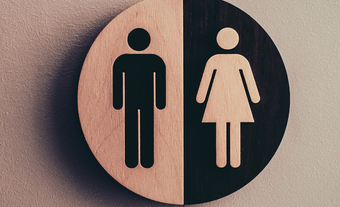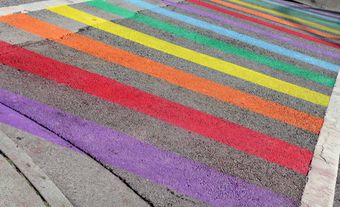The term “gender equity” refers to the belief that individuals of different genders require different levels of support to achieve true equality.

Gender equity is centred on the principle of fairness. It is based on three assumptions: that individuals of different genders have different needs and levels of privilege in our society; that the needs of each individual depend on their specific circumstances; and that these differences need to be acknowledged and accommodated for true gender equality to be possible. The term “gender equity” is often used in reference to specific issues, such as income, housing, health and education equity.
While gender equality and gender equity are often discussed together, they are not the same thing. In other words, gender equality is about treating everyone the same regardless of their gender, while gender equity is about treating individuals of different genders differently based on their specific needs. The illustration below is helpful for understanding the difference. In the image, three people of different heights are standing in front of a fence watching a baseball game. These individuals represent people of different genders, the baseball game represents an opportunity, and the boxes represent resources.

Gender equality is about treating everyone the same regardless of their gender, while gender equity is about treating individuals of different genders differently based on their specific needs.
In the image on the left, you can see an example of gender equality. Gender equality is the idea that individuals of different genders deserve the same rights, privileges and opportunities. In this image, each person is given the same box, or the same level of support. However, because the individuals are different heights, all of them are not able to see over the fence, even with the help of a box. In this illustration, as in gender equality, the emphasis is on sameness, where individuals of all genders receive the same level of support.
In the image on the right, you can see an example of gender equity. There are two main differences from the image on the left. First, only the individuals who need help seeing over the fence are given boxes. Second, the number of boxes they receive takes into account their actual height, allowing everyone to see over the fence. In this illustration, as in gender equity, the emphasis is on fairness, where individuals of different genders receive support according to their needs.
Some individuals critique the idea of gender equity because it implies that the biggest problem is support or individual problems. Instead, they argue that systemic gender inequality is the main problem. This is the idea that underlying beliefs, assumptions, policies and structures create and maintain a system where individuals of some genders have more rights and privileges than others. They also argue that focusing on gender equity may prevent people from having deeper discussions about how systemic gender inequality came to be and what might be possible if we move beyond it.
Other individuals argue that for gender equity to be truly fair, it must be intersectional. An intersectional approach acknowledges that many other factors, such as age, class, race, ethnicity, ability and sexuality, are so intertwined with gender identity that they can’t be separated. Therefore, an intersectional gender equity approach must take into account all of these factors in the search for true gender equality.

 Share on Facebook
Share on Facebook Share on X
Share on X Share by Email
Share by Email Share on Google Classroom
Share on Google Classroom



